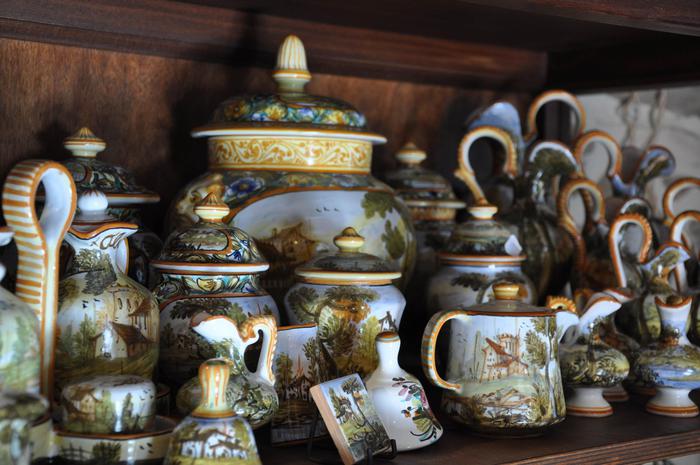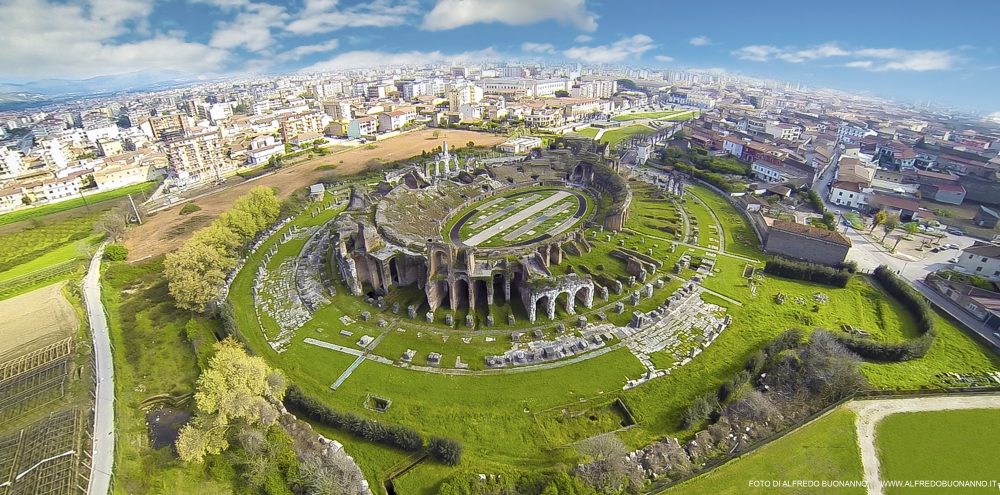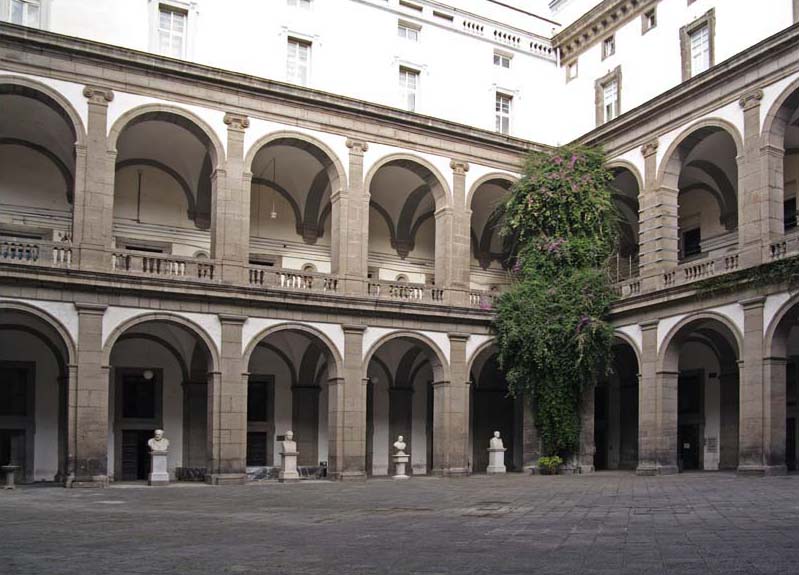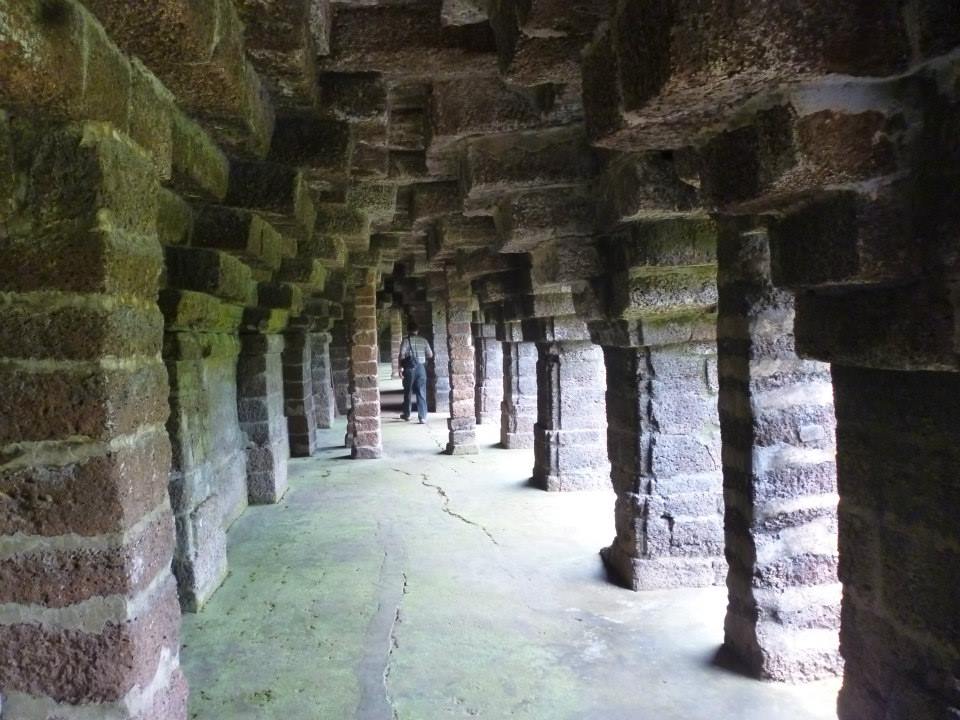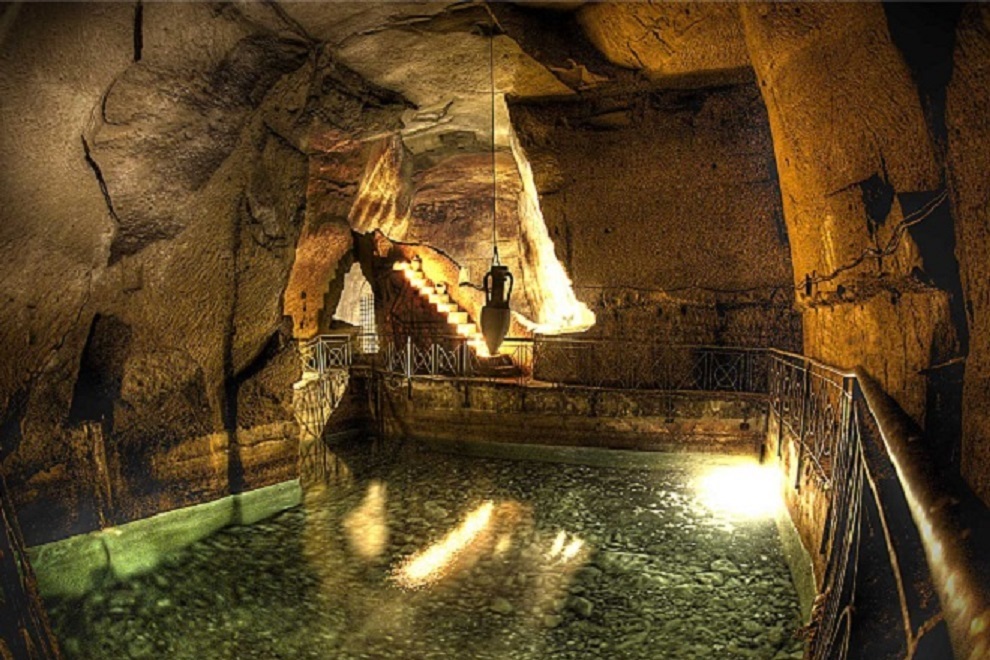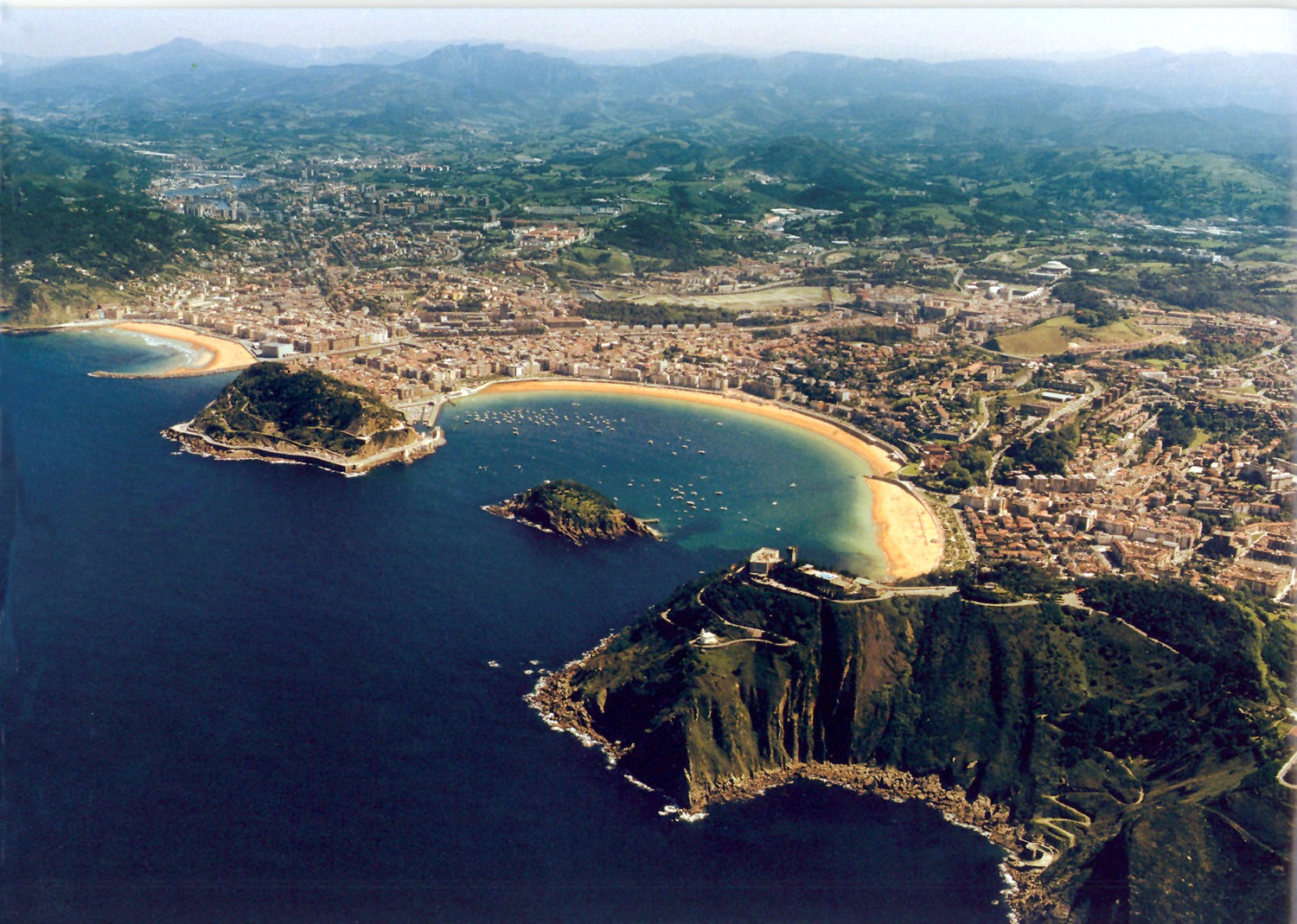Located at the foot of Mount Camicia, in the Gran Sasso-Laga Park, the village of Castelli is a hamlet surrounded by an agricultural landscape and clay gullies.
It is precisely the presence of clay, along with water (for the dough) and wood (for the kilns), that led a community of Benedictine monks, perhaps nine or 10 centuries ago, to begin ceramic production.
These monks later taught the villagers to use clay, a resource of this land, to make pottery objects.
In the village it is possible to visit the church of St. John the Baptist, which houses a ceramic altarpiece made in 1647 by Federico Grue.
Along the village are numerous workshops where many objects made of this valuable material are still made and sold.
Just above the village is the Convent of the Minor Observants, which today houses the
Museum of Ceramics , and which preserves some interesting objects from the school of the Grue, Gentile and Cappelletti families.
Not much is known about the date of construction of this convent, but after various vicissitudes it was suppressed by the Piedmontese government in 1866 and then became the property of the municipality. Inside there is a beautiful cycle of frescoes by an unknown author dated 1712 in the cloister.
Beyond the village of Castelli, about a kilometer away, is the small church of San Donato .
This church was built on the site of an earlier rural chapel built in the late 15th century, which had been adorned on the ceiling with tiled bricks. The original bricks, representing female and male figures, animals and coats of arms, are now preserved in the Museum of Ceramics.
The church as it stands today was rebuilt in the early 1600s and also adorned with majolica bricks on the ceiling, painted in the style of the time.
The ceiling of this new church, painted between 1615 and 1617, is unique both in Abruzzo and in the rest of Italy.
Although Castelli is a small town in the province of Teramo, its role in the history of Italian majolica is very prominent, especially in the period from the 16th to the 18th century.
The 16th-century church of San Donato in Castelli, defined by Carlo Levi as "the Sistine Chapel of majolica," constitutes, together with the coeval pharmaceutical pottery named Orsini-Colonna, the ideal starting point for a later production that enjoyed great fame in Italy and abroad; so much so that one of the most important collections of this type of artwork is now preserved at the Hermitage Museum in St. Petersburg.
